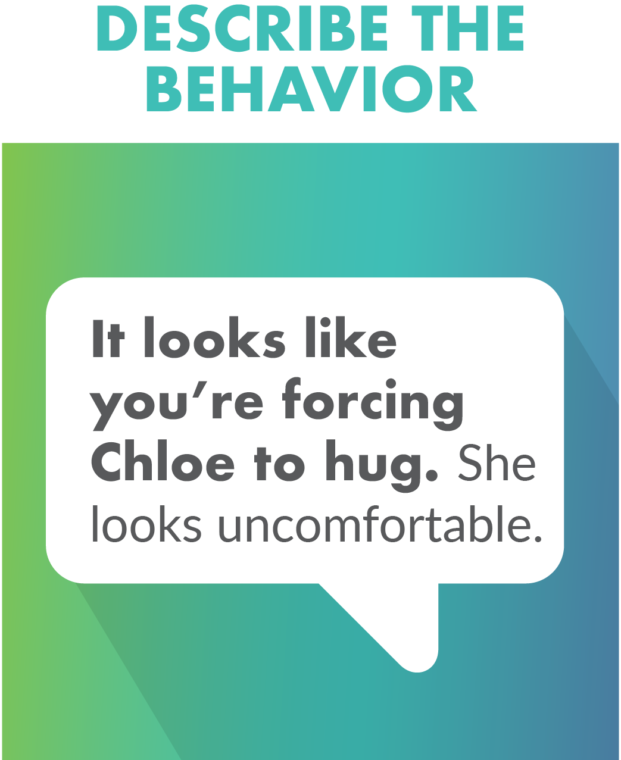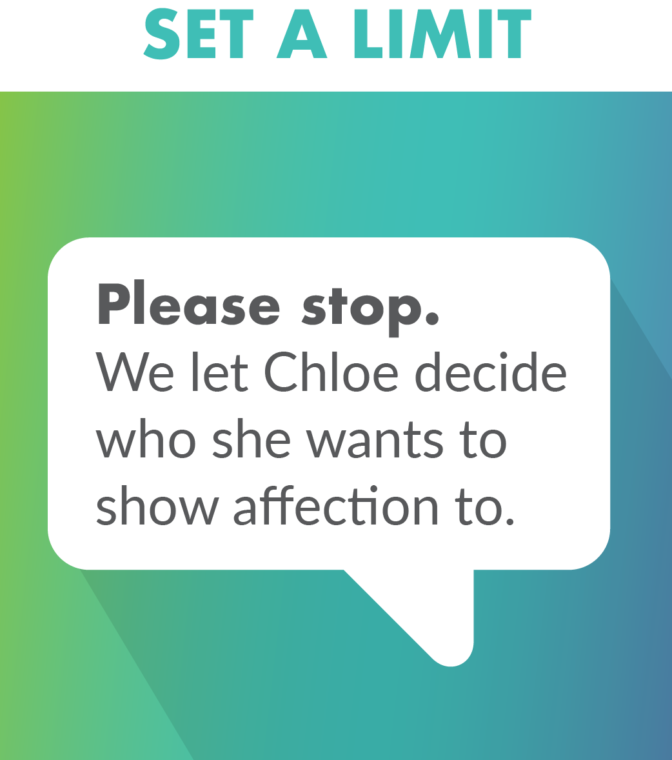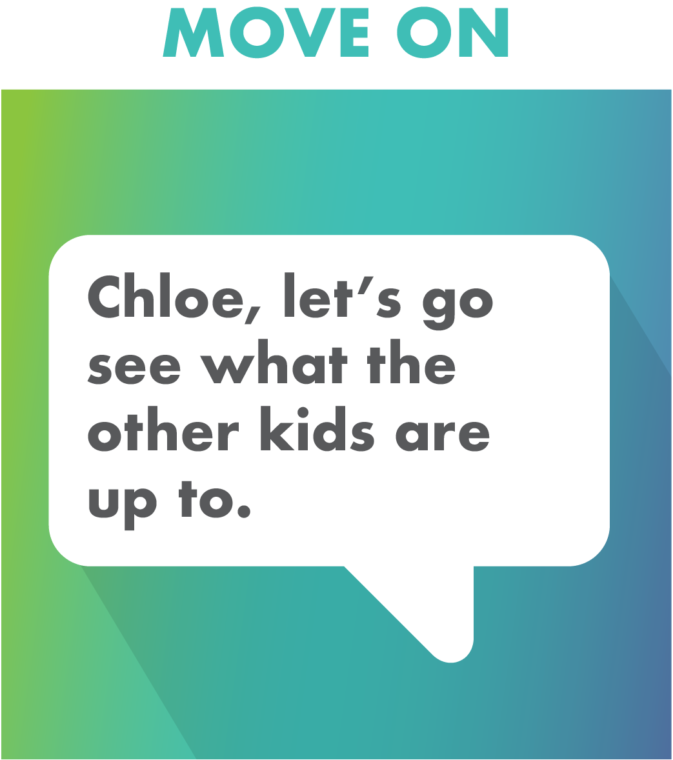A “bystander” is a person who witnesses a boundary violation or sees a situation in which a child is vulnerable. Active bystanding is key for preventing child sexual abuse.
Intervening or taking preventative measures as a bystander can mean the difference between a child being sexually abused or being protected from abuse. We can be active, empowered bystanders in both prevention and intervention roles.
Bystander Prevention
When we practice steps 1-3 of the 5 Steps to Protecting Our Children™, we can prevent sexual abuse before boundaries are crossed.

Understand potential grooming behaviors and how those behaviors arise. Child grooming is a deliberate process by which offenders gradually initiate and maintain sexual relationships with victims in secrecy. Grooming allows offenders to slowly overcome natural boundaries long before sexual abuse occurs. Grooming can include: special attention/preference to a child, gift-giving, touching or hugging the child, offering to help the family, sympathetic listening, isolating a child from others, filling unmet needs, crossing physical boundaries, and using secrets and threats to gain control.
We know that 80% of child sexual abuse incidents happen in isolated, one-on-one situations. So as a bystander it’s important to create safer structures from the start. For example, use group situations instead of one-one-one, have multiple adults supervise, make interactions observable, or plan for someone to drop by or interrupt. It’s important to also remember the internet here. There are many apps that allow one-on-one chats, interactions, and games to be played. Be sure to have rules around internet use, and monitor your kid’s usage.
Talk to kids about appropriate behaviors and healthy touch. Tell them to let you know if they have been in one-on-one situations. Reinforce that they should tell a trusted adult when they are uncomfortable with someone.
Bystander Intervention – Three Easy Steps
When we witness a boundary violation or see a situation in which a child is vulnerable, we intervene. It’s not important to know the intentions of the person who has crossed the boundary. What is important is that we reinforce the boundary – even if we are in front of others, or in a public setting. So how do you intervene?

Describe the behavior – tell the person who has crossed the boundary what the problematic behavior is. i.e. It looks like you’re forcing Chloe to hug. She looks uncomfortable.

Set a limit – be clear that the child’s boundary should be respected. iI.e. Please stop. We let Chloe decide who she wants to show affection to.

Move on – make sure the person is willing to respect the boundary you’ve set. If not, remove the child to a safer situation. i.e. Chloe, let’s go see what the other kids are up to.
Want to learn more? Take our 30-minute Bystander Intervention training to receive examples of boundary violations and inappropriate behaviors, and how you can make spontaneous and planned interventions that reinforce boundaries and protect children.
Follow us on social media to stay up to date and join the conversation.





